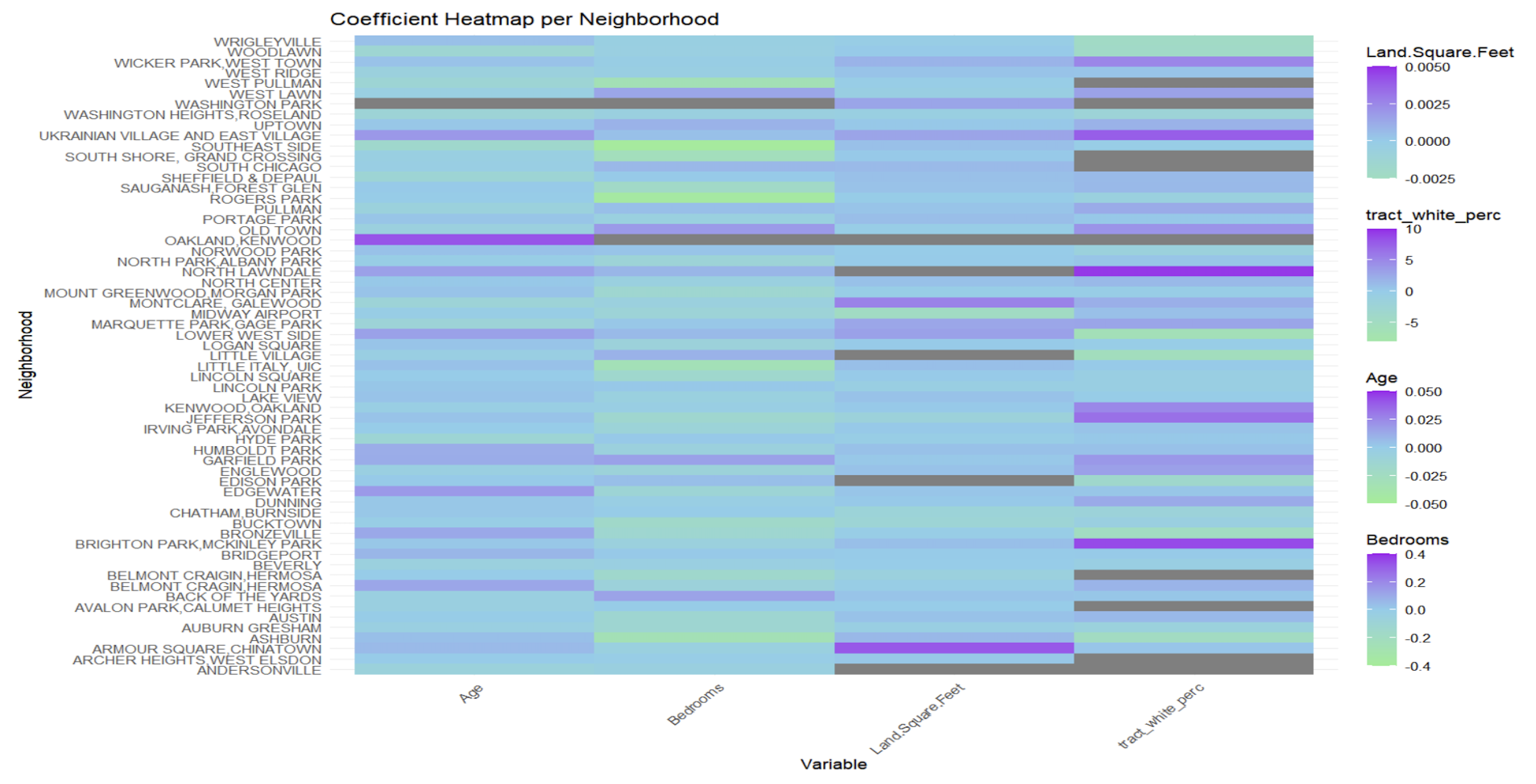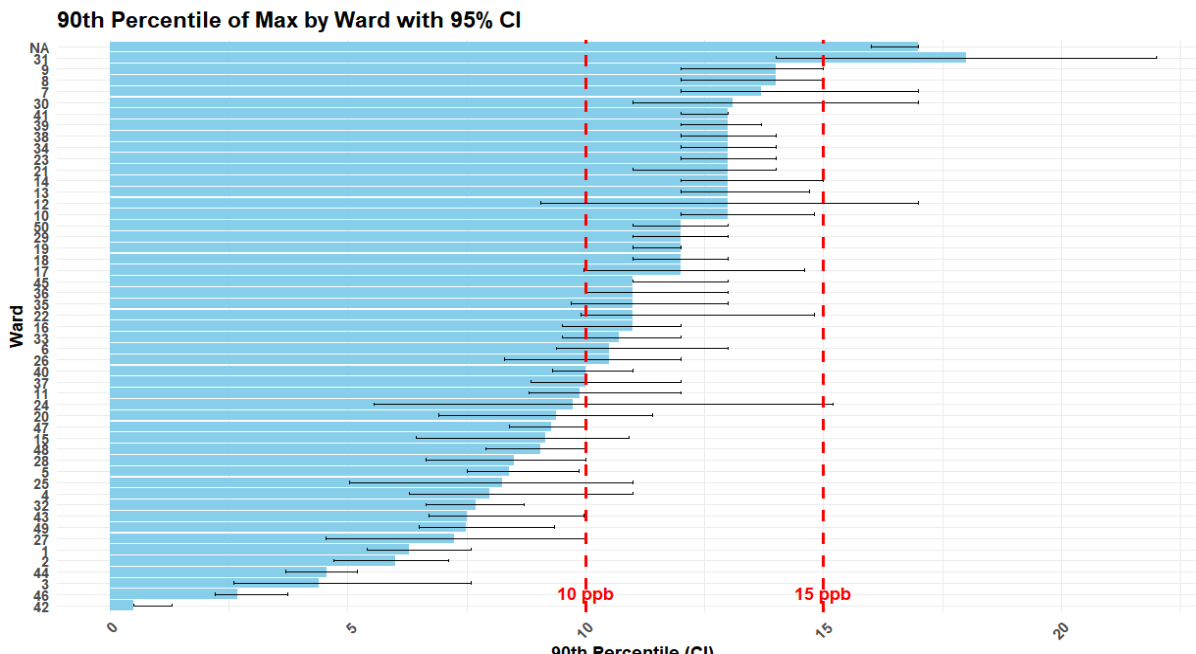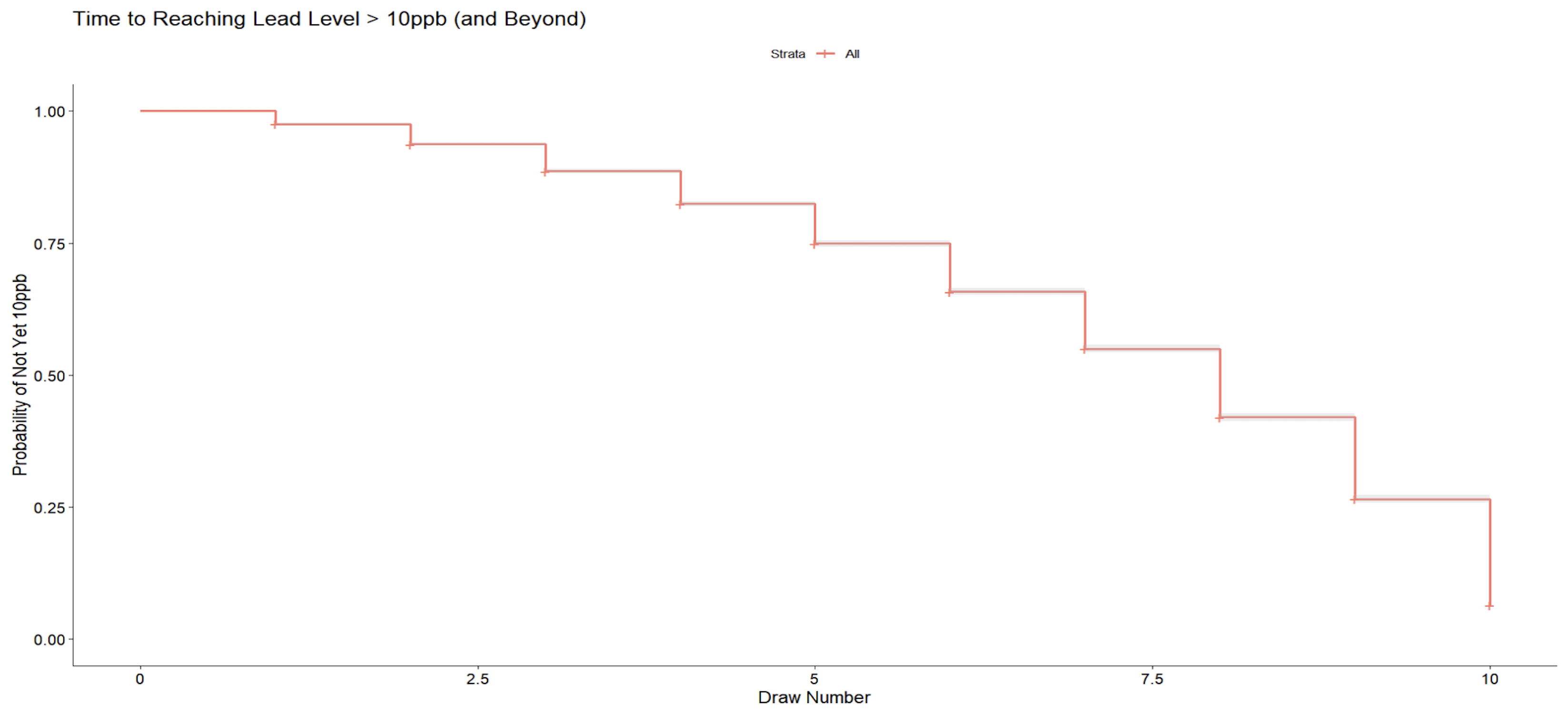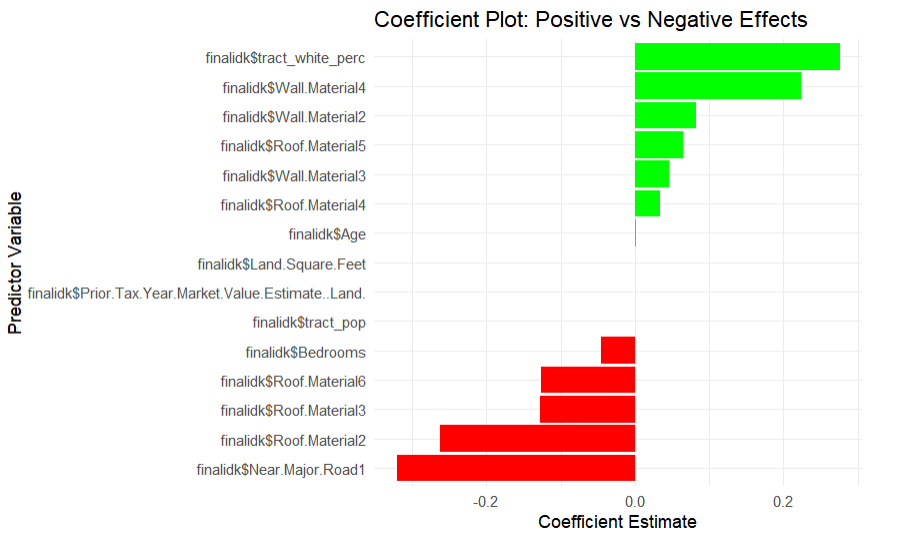Data & Analysis
Explore our data sources, methodology, and findings
Key Findings of Statistics team
Our analysis of Chicago's lead service lines and water testing data has revealed several important findings:
Logistic Regression
The magnitude of the effect of these variables differs by neighborhood, using logistic regression.

Bootstrapping techniques
Using bootstrapping techniques, 31 wards violate the 10ppb policy, as compared to 15ppb only 1 did. Chicago must take immediate action.

Survival Analysis
According to survival analysis, it takes an average of 7 liter draws of water to reach 10ppb. Residents must take more draws of water than current policy.

Logistic Regression
Factors like age and land sq feet are significant and increase your probability of having a lead draw over 10ppb. Bedrooms and white percentage are significant and decreased it.

Probability of having lead or galvanized public service line
Probability of having lead or galvanized private service line
Predicted 90th percentile by Neighborhood
Key Insights
- Property Age Correlation: Homes built before 1986 have a significantly higher likelihood of having lead service lines, with the highest risk in homes built between 1900-1950.
- Geographic Patterns: Our spatial analysis revealed clusters of high lead levels in specific neighborhoods, particularly in areas with older housing stock and a history of disinvestment.
- Predictive Factors: The most significant predictors for lead service lines includes ...
- Environmental Justice: Our analysis found that low-income communities and communities of color are disproportionately affected by lead service lines, highlighting environmental justice concerns.
- Model Performance: Our ensemble machine learning approach achieved high 80s percent accuracy in predicting service line composition, significantly better than random guessing (which would be 50%).
Recommendations
- Prioritize Replacement: The city should prioritize service line replacement in neighborhoods with the highest predicted lead levels and greatest health risks.
- Expand Testing: Increase water testing coverage, particularly in areas with limited data, to improve model accuracy and identify high-risk properties.
- Public Education: Enhance public education about lead risks and mitigation strategies, especially in high-risk neighborhoods.
- Financial Assistance: Expand financial assistance programs for lead service line replacement, with a focus on equity and accessibility.
- Data Transparency: Improve transparency and accessibility of service line inventory data to help residents understand their risk and make informed decisions.